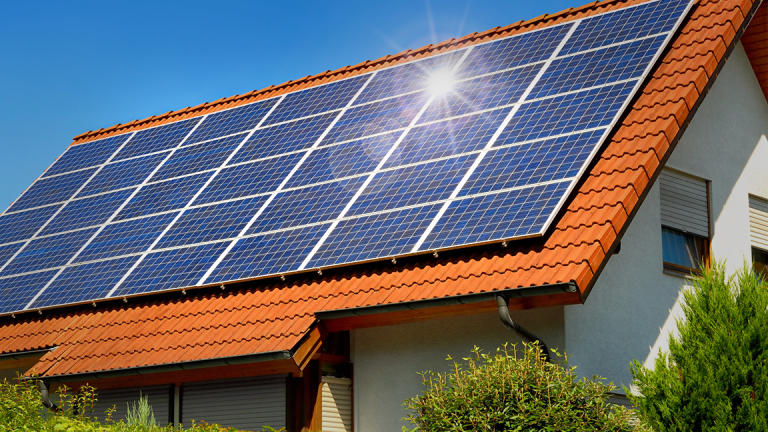Rooftop Solar Panel Cost
I. Introduction
Rooftop solar panels have gained significant popularity in recent years due to their numerous benefits and cost-saving potential. These panels harness the power of the sun to generate clean and renewable energy, reducing reliance on traditional grid electricity. As a result, homeowners can not only contribute to a greener environment but also save on their monthly utility bills.
II. Factors Affecting Rooftop Solar Panel Costs
A. Type and Size of Solar Panel System
The cost of a rooftop solar panel system largely depends on its type and size. Different types of solar panels, such as monocrystalline, polycrystalline, and thin film, vary in terms of efficiency and price. Additionally, the size of the system, measured in kilowatts (kW), determines the overall cost. Larger systems can generate more electricity but typically come with a higher price tag.
B. Installation and Labor Costs
The installation process of rooftop solar panels involves various components, such as mounting equipment, wiring, and inverters. These installation costs can vary depending on the complexity of the project, the type of roof, and any necessary structural modifications. Labor costs for professional installation should also be considered when estimating the overall expenses.
C. Location and Roof Orientation
The geographical location and roof orientation of property play a crucial role in determining the effectiveness and cost of a solar panel system. Areas with abundant sunlight and a favorable roof angle can maximize the energy output of the panels. However, properties in shaded areas or with roofs that require additional modifications may incur higher costs.

D. Government Incentives and Rebates
Many governments and local authorities offer incentives and rebates to encourage the adoption of solar energy. These financial incentives can significantly reduce the upfront costs of installing rooftop solar panels. It is essential to research and take advantage of any available programs or tax credits to further offset the overall expenses.
III. Understanding the Return on Investment (ROI)
A. Calculating Payback Period
One of the key considerations when evaluating the cost of rooftop solar panels is the payback period. This refers to the time it takes for the savings on electricity bills to equal the initial investment. Factors such as system cost, electricity rates, and available incentives should be taken into account when calculating the payback period.

B. Long-Term Savings and Economic Benefits
Although the upfront costs of installing solar panels may seem significant, the long-term savings and economic benefits should not be overlooked. By generating your own electricity, you can potentially eliminate or significantly reduce your monthly utility bills. Additionally, solar panels can increase the value of your property and provide a competitive edge in the real estate market.
IV. Conclusion
Investing in rooftop solar panels can be a wise financial decision in the long run, despite the initial costs involved. By considering the factors affecting the overall expenses and understanding the return on investment, homeowners can make informed choices and reap the benefits of clean, renewable energy while enjoying significant savings.
